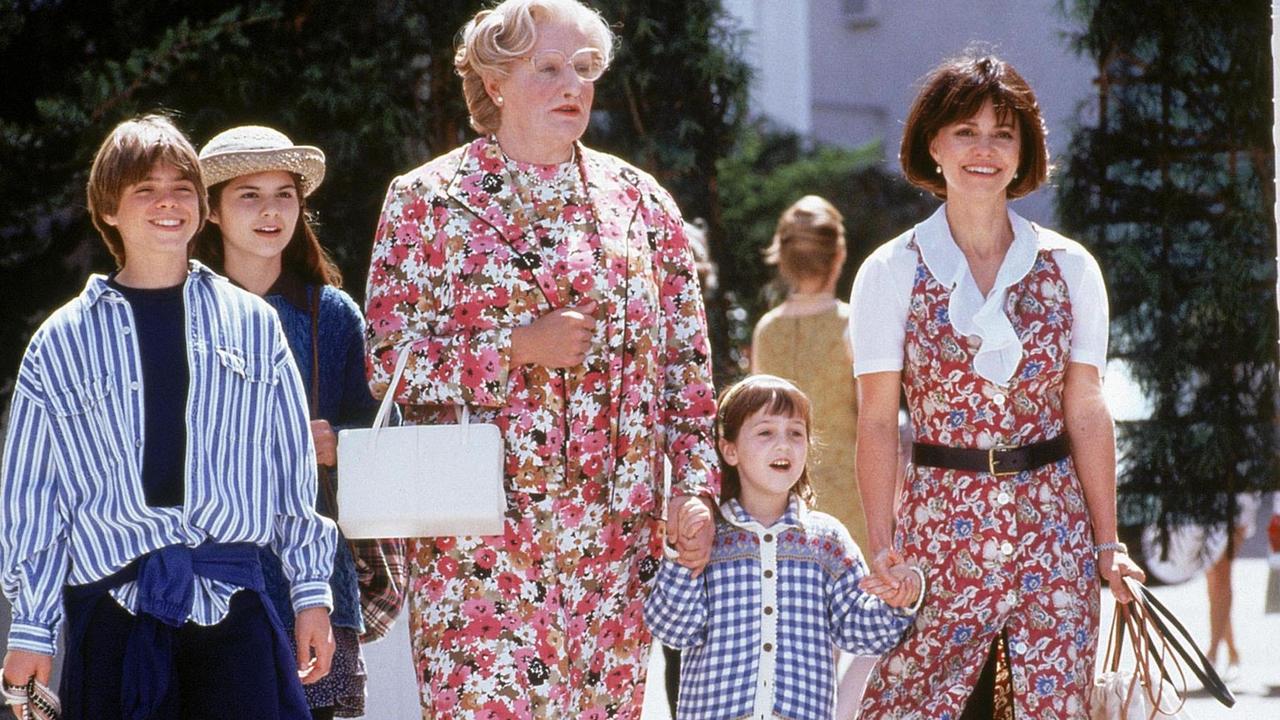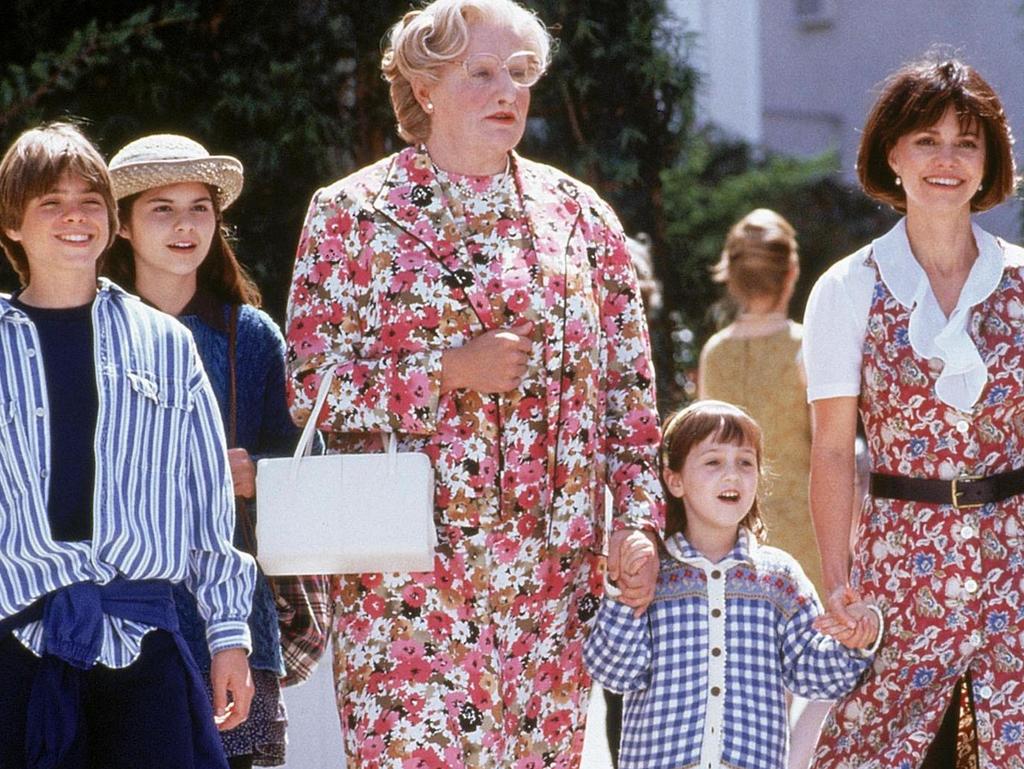‘What should I do if my child starts choking?’
It’s commonly seen in movies as a way to save someone’s life but this first aid move isn’t advised in Australia for a very good reason.

Health
Don't miss out on the headlines from Health. Followed categories will be added to My News.
Welcome to Ask Doctor Zac, a weekly column from news.com.au. This week, Dr Zac Turner explains why we shouldn’t perform the Heimlich manoeuvre.
Question: Hi Dr Zac, In my mother’s group I heard a story of a child choking on their dinner, and what’s scary is that the parents didn’t know what to do. Luckily the child was able to dislodge the food in their throat by coughing. They must be the luckiest people ever.
What am I meant to do when my child is choking; is the Heimlich manoeuvre still a thing, like in the movies? – Nicole, 37, Perth
Answer:Choking is a leading cause of injury-related hospital admissions for children under five years of age in Australia. One study has found that in 10 years there were 11,283 hospital admissions for choking among children under five, with a hospitalisation rate of 28.9 per 100,000 children.
All parents find out pretty quick there are about a million ways your child can be injured, or in some cases die. I do not believe parents should swaddle their kids in bubble wrap and only feed them mushed up food, but I do believe parents should learn the basics of clearing an airway.
In most cases, if you can tip your child slightly with the aid of another person, gravity will help, along with a series of chest thrusts or back blows to help dislodge.

Heimlich manoeuvre
You may not know the name, but you do know what it looks like. The Heimlich manoeuvre immortalised by Mrs Doubtfire should only be done by trained professionals or as a last resort if your child is choking. It’s the technique used in about every movie scene when a man chokes on steak in a restaurant. In the movies it seems anybody can do it, but in real life it should only be done by someone who is trained. In fact the manoeuvre has never been recommended in Australia. One reason for this is that the evidence suggests it rarely works, and this is especially the case with children, and unless you are properly trained, it can cause broken ribs and other injuries.

Is your child actually choking?
This may sound silly, but before even considering helping your child, you must ascertain your child is actually choking and not just experiencing mild discomfort or coughing. If your child can breathe and talk, they will most likely be okay and it will pass. This will also allow you time to get quickly to the hospital for the experts to take a look.
If the child is not responding or loses consciousness, call emergency services immediately and begin CPR if trained to do so. It’s also recommended to learn proper first aid techniques and CPR for infants and children, including the Heimlich manoeuvre, from a certified instructor.
First aid
To perform chest thrusts on a child, you should lay the child down. For infants – have them lay head down on your thighs while you’re kneeling. This is to ensure their head is tilted down. Place two or three fingers just below the nipple line and press inward and downward, trying to push whatever is caught towards the mouth.

If your child is older, you should place your fist above the navel and below the ribcage. You must use less force than what you would on an adult choking – you should be gentle and apply gradual pressure.
Once you’ve tried on the child’s chest you can roll them to their side and once again using a pushing and patting technique try to push the lodged object towards their mouth.
Remember you don’t need big blows, but rather repeated ones where you believe the object is thought to be lodged. The goal is to always shift the object towards the mouth.
Never attempt to reach into your child’s mouth and take out the object or food. Pats that are not directed towards the mouth can actually lodge the object or food deeper into their airway and make the situation worse. Once they recover, still take them to the emergency room to ensure they are OK.
If you quickly Google first aid courses, I’m sure you’ll find one in your area that you can attend. I hope you never have to use it, but it will give you a sound piece of mind knowing you can. If your child is choking, you must always call triple-0.
Got a question: askdrzac@conciergedoctors.com.au
Dr Zac Turner has a bachelor of medicine and bachelor of surgery from the University of Sydney. He is both a medical practitioner and a co-owner of telehealth service, Concierge Doctors. He was also a registered nurse and is also a qualified and experienced biomedical scientist along with being a PhD candidate in biomedical engineering
Originally published as ‘What should I do if my child starts choking?’









